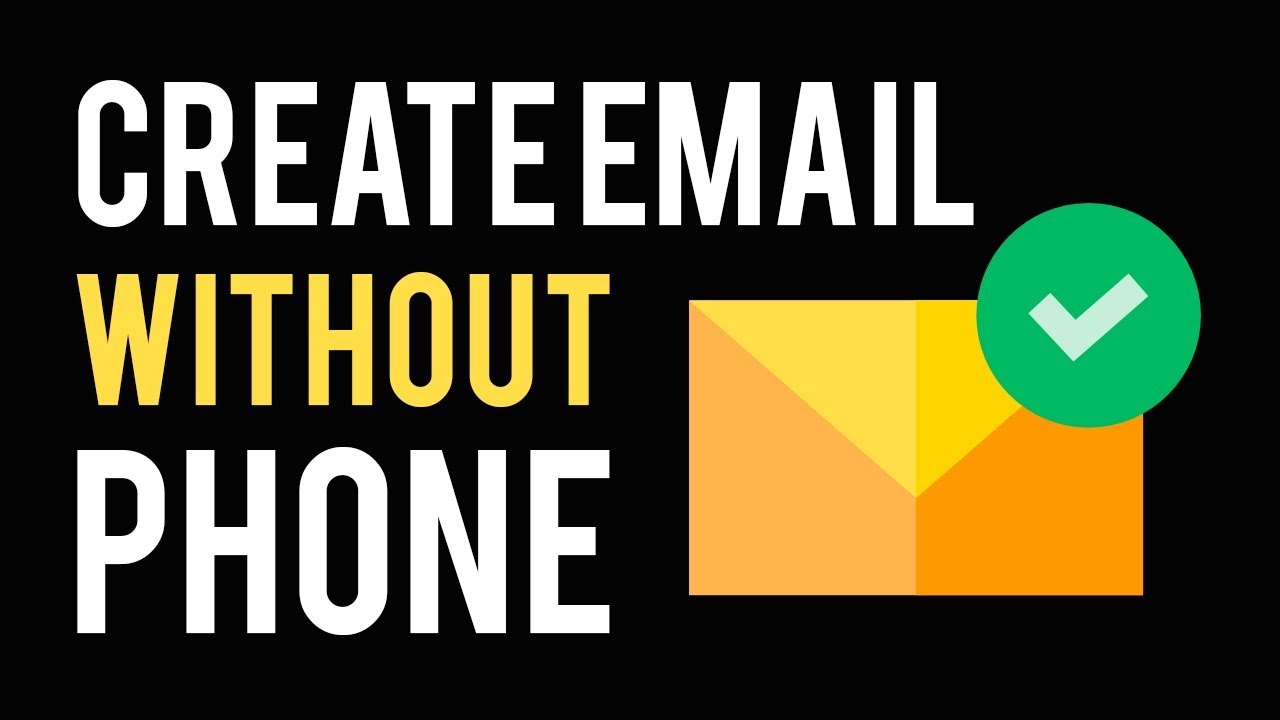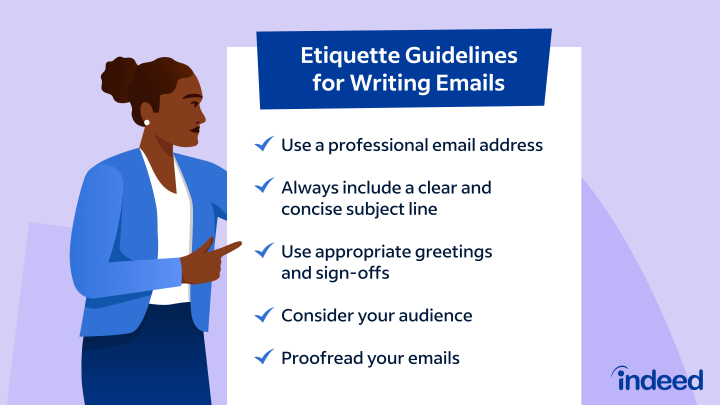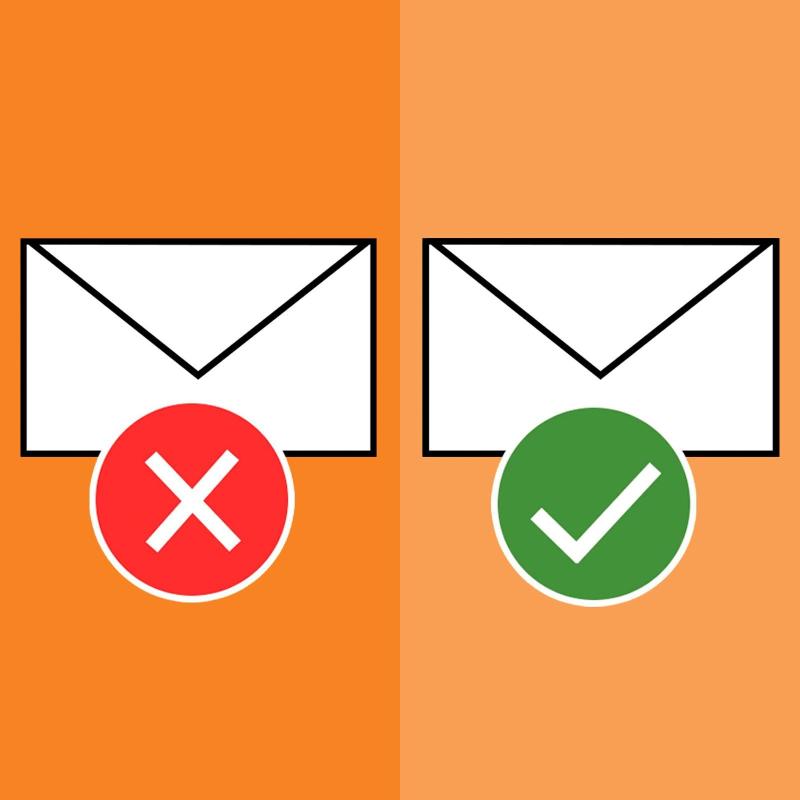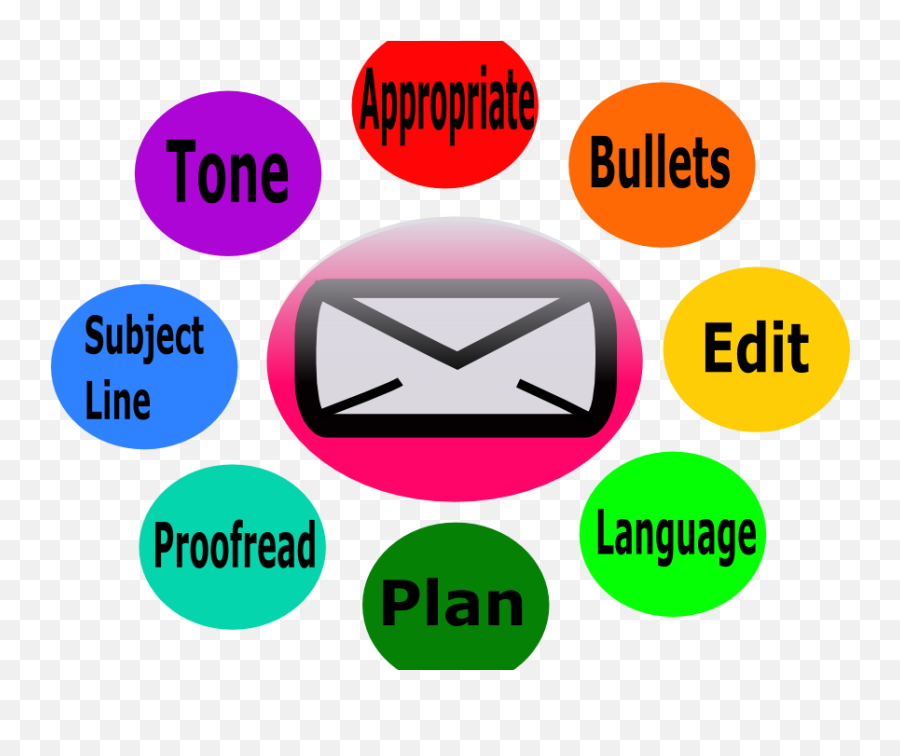Email Etiquette: 5 Essential Tips

In today's digital age, email has become an integral part of our professional and personal lives. It is a powerful tool for communication, allowing us to connect with colleagues, clients, and friends effortlessly. However, with the increasing volume of emails being sent and received daily, it is crucial to master the art of email etiquette to ensure clear, effective, and professional communication.
Email etiquette goes beyond simple politeness; it involves understanding the unspoken rules and best practices that govern email interactions. By following these guidelines, you can make a positive impression, build strong relationships, and maintain a professional image. In this article, we will explore five essential tips for mastering email etiquette, offering practical advice and insights to help you navigate the world of electronic communication with confidence and expertise.
1. Crafting the Perfect Subject Line

The subject line is the first impression your email makes on the recipient. It is a crucial element that determines whether your email gets opened or ignored. A well-crafted subject line should be clear, concise, and informative. Avoid vague or overly creative subjects that may confuse the reader. Instead, aim for specificity. For example, instead of “Update,” consider using “Project X: Weekly Progress Report.”
Here are some key considerations for crafting effective subject lines:
- Keep it Short and Specific: Aim for a subject line that is no longer than 6-8 words. Focus on the main purpose or topic of the email.
- Use Actionable Language: Include verbs that indicate the nature of the email, such as "Request," "Proposal," or "Action Required."
- Avoid Clickbait: Be honest and straightforward. Clickbait-style subject lines may pique curiosity, but they can also damage your credibility.
- Consider Relevance: Think about the recipient's perspective. Choose a subject line that aligns with their interests and expectations.
| Good Subject Line Examples |
|---|
| "Interview Schedule: Final Confirmation" |
| "New Product Launch: Marketing Strategy Discussion" |
| "[Your Name] - Availability for Team Meeting" |

2. Mastering the Art of Greeting and Sign-Off

The way you greet and sign off an email can greatly impact the tone and professionalism of your message. It is essential to choose the right level of formality based on your relationship with the recipient and the context of the email.
Greetings
When addressing the recipient, consider the following:
- Use a Name: If you know the recipient's name, use it. Address them by their preferred title (e.g., Mr., Ms., Dr.) followed by their surname.
- Be Formal: In professional settings, opt for a formal greeting like "Dear [Name]" or "Hello [Name]."
- Avoid Informal Greetings: While "Hi" or "Hey" may be acceptable among friends, they can be seen as too casual in a professional context.
- Consider Group Emails: For group emails, use a more general greeting like "Dear Team" or "Hello Everyone."
Sign-Offs
Your sign-off should match the tone of your greeting and the overall email content. Here are some options:
- Professional Sign-Offs: "Best regards," "Sincerely," or "Kind regards" are appropriate for most professional emails.
- Casual Sign-Offs: In less formal settings, you can use "Cheers," "Regards," or even "Talk soon."
- Avoid Overused Phrases: "Yours faithfully" and "Yours sincerely" are often overused and may appear outdated.
- Include Your Name: Always include your name, especially if the recipient may not recognize your email address.
3. Writing Clear and Concise Messages
The content of your email is just as important as its structure and formatting. Here are some tips for writing clear and concise messages:
- State Your Purpose: Clearly articulate the main purpose of your email in the first few sentences. This helps the recipient understand the context and prioritize their response.
- Use Simple Language: Avoid jargon or complex terminology that may confuse the reader. Keep your language straightforward and easy to understand.
- Break Up Text: Use paragraphs and bullet points to make your email more readable. Long blocks of text can be intimidating and difficult to scan.
- Proofread: Before hitting send, proofread your email for spelling and grammatical errors. A well-written email reflects your attention to detail and professionalism.
Consider using a tool like Grammarly to help you catch any errors and improve the overall quality of your writing.
4. Managing Email Threads and Replies
Email conversations often involve multiple messages and replies. Here’s how to manage email threads effectively:
Respond Promptly
Aim to respond to emails within a reasonable timeframe. This shows respect for the sender’s time and helps maintain a positive rapport. However, remember that you don’t have to respond immediately; sometimes, a thoughtful, considered response is more valuable.
Keep Replies Concise
When replying, keep your responses focused and concise. Address the main points raised in the original email and provide clear and actionable information. Avoid unnecessary details or off-topic discussions.
Use Subject Line Continuity
When replying to an email thread, maintain the original subject line. This helps the recipient and other participants quickly identify the topic and follow the conversation.
Consider Thread Organization
If an email thread becomes lengthy or complex, consider using email threading or conversation views. These features group related emails together, making it easier to follow the flow of the conversation.
5. Etiquette for Different Email Scenarios

Email etiquette can vary depending on the context and purpose of your email. Here are some specific scenarios and the corresponding etiquette guidelines:
Professional Emails
- Keep it Formal: Maintain a professional tone and use appropriate language and formatting.
- Avoid Humor or Jokes: Unless you are certain the recipient will appreciate it, it’s best to err on the side of caution.
- Include Relevant Attachments: Ensure any attachments are clearly labeled and necessary for the email’s purpose.
Informal Emails
- Use a Casual Tone: With friends or close colleagues, a more relaxed tone is acceptable.
- Emojis and Abbreviations: In appropriate contexts, emojis and abbreviations can add a friendly touch.
- Be Mindful of Length: While you can be more casual, avoid overly long emails that may overwhelm the recipient.
Email Apologies
- Be Sincere: When apologizing via email, express genuine remorse and take responsibility for your actions.
- Offer a Solution: Provide a clear plan or proposal to rectify the situation.
- Avoid Over-Apologizing: While sincerity is important, excessive apologies can come across as insincere.
Email Requests
- Be Clear and Specific: State your request explicitly and provide context to help the recipient understand its importance.
- Offer Alternatives: If possible, provide options or suggestions to make it easier for the recipient to fulfill your request.
- Thank in Advance: Express gratitude for their time and consideration, even before they respond.
How often should I check my emails?
+The frequency of email checking can vary depending on your role and responsibilities. While it's important to respond promptly, you don't want to become overwhelmed by constant notifications. Aim for a balance by setting dedicated times throughout the day to check and respond to emails.
What if I receive an email with inappropriate content?
+If you receive an email with inappropriate or offensive content, it's best to handle the situation professionally. Respond to the sender politely, indicating that you prefer not to receive such content and asking them to refrain from sending it in the future. If the issue persists, consider escalating it to a supervisor or HR department.
How can I ensure my email signature is professional?
+A professional email signature should include your full name, job title, company name, and contact information (phone number and email address). You can also add a brief tagline or a link to your professional website or social media profile. Keep the design simple and avoid excessive graphics or animations.
Mastering email etiquette is an ongoing process that requires practice and awareness. By following these essential tips and adapting your approach to different scenarios, you can become a confident and proficient email communicator. Remember, effective email etiquette not only enhances your professional image but also fosters stronger relationships and clearer communication.



